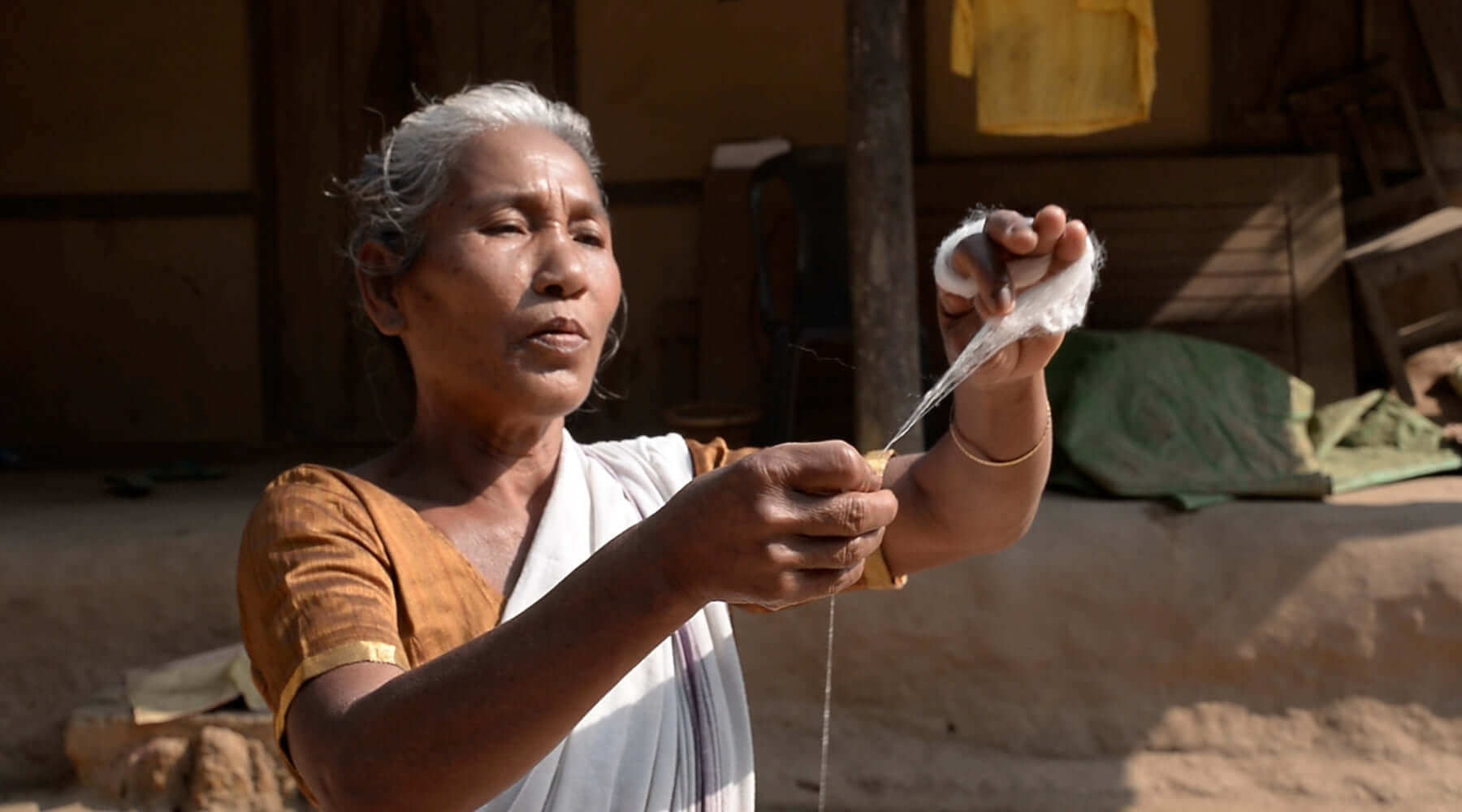Nine years ago, I was working in Silicon Valley for one of the poshest companies in the world: Apple, Inc. I had gone to school at Stanford, lived in my own apartment on Castro Street, and had a lifestyle that would be envious of most women in the world. I was not more thankful for anything in my life back then, but for the freedom that I had earned. Before I left for the US, I had spent my whole life in Assam, which was perpetually a separatist state in eastern India. The separatist movement by guerrilla outfits reached its peak during the time I was born and growing up. Coming from a disturbed zone, when I lived in the US, it meant a lot to me to be able to go out at any hour safely, to live in a stable society, and to be able to voice my opinion on anything as much as a man can. I remember once writing to my grandfather, “I have finally found freedom and equality in life.” To this date, I am thankful to the US for introducing me to the concept of an “empowered woman.”
But as they say, children who grow up in unrest find peace unsettling. I was about 25 when I started feeling the desire to come back home and work for my countrymen. The twitch in my heart grew stronger and stronger every day. I knew I wanted to work with the rural communities and explore how to make them more innovative, resilient, and sustainable. When I first booked my one-way ticket from the US, I was headed to start a PhD with such communities and also to launch the sustainable, predominantly handmade in India brand, Dzukou, with the same mission. It was during this time, when I would go for fieldwork in villages in north-east India, that I began to experience my own country in a whole different light. The journey from Silicon Valley to Indian villages was, no doubt, fraught with thorns and obstacles, especially owing to the fact that I am a woman. I frequently struggled for acknowledgement. Suppliers would ask me who the real owner of the company was. Not to mention the doubts and aspersions cast on me given that I am a free-thinking, ambitious woman. On the other end of the spectrum, I also received treatment that was over patronizing. I was never allowed to lift my own luggage; I would be offered the preferred seat everywhere, and people just tended to be more helpful towards a woman than towards a man.
It amused me that the norms in rural India were either dismissive or indulgent. But they are never equal.
All the telltale signs would have made me deduce by then that women in rural India are, in general, submissive, obsequious toward social norms, and most importantly, living a life with a low footprint on the socio-economic canvas. But has anything related to humans ever been that directly observable? When the eco-system becomes harsh, new survival tactics and ways of coping emerge. And that’s exactly what I observed in the rural context. The 'survive and flourish’ game was so entirely different there that I had to expand the definition of “empowerment.” So how did rural women expand my notion of empowerment? With pictures, I recall, as presented below, how I discovered new meaning in rural India:
The part-time informal employment
Women in rural India do most of the household chores, such as cooking, cleaning, washing clothes, and taking care of the children. Additionally, they often do farm labor, such as planting saplings in the fields, reaping the harvest during the winter, and looking after the farm animals. Most rural women barely have a moment of respite from the moment the sun goes up until it is late in the evening. Formal jobs and a stable income are usually not relevant concepts in a rural woman’s life. But a significant proportion of rural women in India still manage to have an income, thanks to the informal economy. They usually have skills such as weaving, stitching, and knitting that they engage with during the short leisure hours in the afternoon. Such skills are usually learned in the early teen years of a woman’s life and are passed on from generation to generation.
Mahatma Gandhi once rightly said, “Every woman in rural India is a weaver.” Though the lifestyle of a woman in rural India does not usually have the room and privilege to seek formal employment, it is inspiring to see how millions of them create a space where they can still find flow in the skills that they have learned in early life and earn an income, albeit small. It’s almost like the blade of grass that grows around a brick placed on top of it.
Social Collaboration
‘In unity lies strength,’ is a wise man’s word as old as time. Women in rural India live in social collaboration with each other for their collective survival. The lack of resources as well as basic infrastructure such as medical, retail, and transport necessitates that women in these remote areas help each other by sharing resources, supporting each other in sickness, advising on childcare and health issues, and even for hobbies such as crafting, dancing, music, etc. They share knowledge on these matters and advise each other in the absence of home, cooking, child care, and health-related matters. When a woman in rural India finds herself confused about something, she is very likely to use her crowdsourcing skills to find a time-tested solution that has worked for others in her community.
The Self-Help Culture
Thanks to the vast organic reach of the Government of India through block offices in villages, women in rural India are organized into self-help groups (SHGs) with 4–9 members each. The members of an SHG collaborate with each other to informally manufacture craft products at home or to finance their manufacturing or business activities. The members support each other financially and with tools and material sharing to achieve higher economic wellbeing. Though a part of the informal economy, SHGs are an important part of microfinance, where institutions can loan to low-income individuals with the assurance that the SHGs will support the member in repayment of the amount.
The fearless nature
Most women in rural India have lived through a lifetime of hardships and difficult circumstances. And though going through such life situations is not necessarily a good thing, it engenders a strange breed of fearlessness in them. During conversations with them, I realized that most women hardly have anyone to talk about their heartfelt needs or to share their deepest desires. Their lives revolved around survival. Though it showed me how deprived they were in many aspects, I began to thoroughly admire how they still went on to raise families and do their duties as mothers in the face of hardships. Though most of us would believe that economic adversity is the biggest challenge that these women face, I felt that the physical and emotional neglect that they face is a bigger distress. But despite all this, you will still find most women self-reporting that they are happy and have been blessed with most things. They are thankful when they have grain from the harvest and vegetables from the garden. But most of all, they are thankful when there is a big festival coming. Their smiling faces still linger in front of me.
The stoic acceptance of things
“Learned helplessness.” That’s how they call it in psychology. Under constant stress, people learn to accept it and adopt it mentally. This trait is very visible among rural Indian women. They do not complain much about the physical and emotional hardships. They do, however, complain about economic adversity and the lack of basic amenities in most communities. A common problem in Indian villages is alcoholism. Most alcoholics in rural India also resort to domestic violence frequently. It is also a reason why marriages fall apart in rural India. But the number of daily challenges that a typical woman maneuvers around to maintain her household is astounding.
When I come back from fieldwork, I frequently question the standard definition of “women empowerment” that I have learned from the West. In no way do I want to claim that women in rural India have carved out an emancipated existence for themselves. What I want to posit is that empowerment is not just about asking for the rightful things; it is also about maneuvering cleverly around obstacles to earn what is right. And being as happy and accepting as possible in the process.





